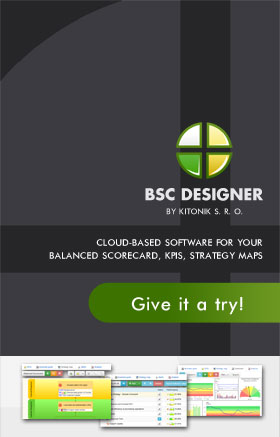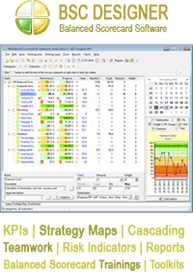Avoiding Pitfalls by Focusing on Test Automation Methodology
Basically, test automation methodology pertains to using software to control the running of tests and to compare the actual result to the predicted product. This measures how the actual output deviates from the predicted product that was originally planned. In this methodology, software developers decide upon test requirements, and other test control and reporting functions. Primarily, it is organized for the achievement of short-term goals. There are many drawbacks that managers encounter when they employ software test automation. These are: technology vs. people issues, poor methods and disappointing quality of tests, low test automation coverage, poor maintainability and scalability, and lack of control and uncertainty. To avoid these difficulties, you must focus not on the tool, but on test automation technology.
A well-designed testing methodology will help you resolve many difficulties associated with test automation. It is only one of the major elements to successful test automation. The other suggested best practices for test automation success are the following: choosing extensible test tools, separating test automation and test design, lowering costs, and jumpstarting with a pre-trained team.
The testing methodology is the foundation whereupon everything else depends. It drives tool selection and all of the other automation processes. In addition, the testing methodology will also help you to drive the approach to every off-shoring endeavor that may be under consideration. It will help you find the “correct” pieces of the testing process both onshore and offshore.
When testers and automation engineers apply a testing methodology, it is imperative that they understand and accept it. In addition, other stakeholders, like business owners, auditors, and managers need to have a clear understanding of the testing methodology, and the enormous benefits that it brings, such as enhanced efficiency in automation, reduction of the cost of automation, more precise interpretation of test outcomes, and performance of repeatable and consistent tests.
You need to adopt a testing methodology that represents structured approach, depicting processes needed in the implementation of testing. This approach will guide you and the test squad away from some common mistakes:
* Executing test designs without following design standards, leading to the making of tests that cannot be repeated and thus cannot be reused for software builds that are incremental in nature.
* The attempt to automate all test preconditions when in-house–developed automation testing controls do not really support automation for all of the required tests.
* The development of a very detailed test to be conducted in-house and/or the employment of the wrong tool.
* Being too late when it comes to the initiation of test tool implementation for the application and development lifecycle; not enabling enough time for setting up tools and for testing the tool introduction procedure.
* Using an automated test tool with a testing process not in place, leading to an ad hoc, non-measurable, and non-repeatable test program.
In addition, by adopting a systematic approach outlined within the testing methodology, you can organize and carry out testing activities in such a way as to optimize test coverage within the limits of testing resources.
Organizations that fail to build a careful plan for test automation methodology may end up wasting costly resources: money, time, and effort.
—
If you are interested in Test Automation Methodology, check this web-site to learn more about quality test automation methodology.


